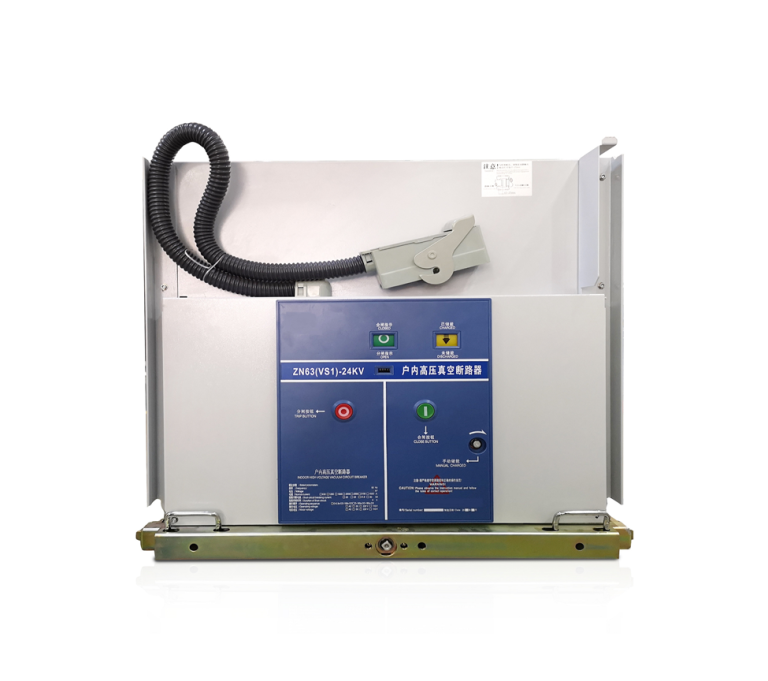The Network storages are defined as a special type of dedicated data storage server that includes storage devices such as disk arrays, CD / DVD drives, tape drives or removable storage media, and embedded system software that provide cross-platform file sharing capabilities.
The Network storages usually occupy their own node on a LAN without the intervention of an application server, allowing users to access data on the network. In this configuration, network storage centrally manages and processes all data on the network, loads the data from applications or Uninstall the enterprise server, effectively reduce the total cost of ownership and protect the user’s investment.
Types of Network Storages
For the enterprise storage devices, network storages are mainly divided into three types: DAS, SAN, and NAS, according to their implementation modes. They provide different solutions for different application environments respectively. (Figure 1)

DAS
DAS (Direct Attach Storage) is a storage type that attach the host server directly. Every host server has the independent storage device and every host server can’t attach other host server. When they need to send and receive data, it needs a complicated configuration. If each host server run a different operating system, the rule will be more complicated.
Usually, the DAS is ideal for the simple network. It don’t need to save too much data. This type of network storage is a elder technology.
SAN
SAN(Storage Area Network)is a storage type which is used high-speed (optical fiber) network to attach the host server. This SAN will deploy at the end of those host servers. It used I/O connecting types, such as SCSI, ESCON and Fiber-Channels.
SNA is designed for those application environments that need high-speed network, secure data, good function of data sharing, such as telecommunications, banking, the amount of large data applications. Its features are high-cost and good quality.
NAS
NAS (Network Attached Storage), a network storage device, which is usually directly connected to the network and provides data access service. A NAS storage device acts as a data file service system and is characterized by its high cost performance. It’s ideal for education area, government, business and other data storage applications.
Network attached storage (NAS) is an IP-based file-sharing device that’s attached to a local area network. NAS can serve a variety of clients and servers over an IP network. A NAS device uses its own operating system and integrated hardware and software to deliver a range of file service needs.
Why is network attached storage important?
Network attached storage enables organizations to:
- Simplify management of data storage.
- Enable comprehensive data access and filesharing.
- Easily scale storage capacity and performance.
- Increase efficiency with centralized storage.
- Increase availability with efficient data replication and recovery options.
- Secure data with user authentication and file locking.
(The HPE NAS StoreEasy Storages are the hot storages in the market.)
Comparison Chart of Storages Types
| Storages Types | DAS | NAS | SAN |
|---|---|---|---|
| Easy to Install | According to the environment | Yes | No |
| Data Transfer Protocol | SCSI / FC / ATA | TCP / IP | FC |
| Transfer Object | Data | Document | Data |
| Use Standard File Sharing Protocol | No | Yes (NFS/CIFS, etc.) | No |
| File Sharing at different Operating Systems | No | Yes | Yes (Adapter needed) |
| Centralized Management | According to the environment | Yes | Yes (Management Tool needed) |
| Easy to Manage | According to the environment | Yes (Based on the network) | No |
| Improve Server Efficiency | No | Yes | Yes |
| Disaster Tolerance | Low | High | High |
| Ideal For | Small to Medium business ServersJBOD | · Small to Medium business· SOHU Office· Enterprise Departments | · Large Enterprise· Data Center |
| Application Environment | · LAN· Low Files Sharing· Independent Operating System· A few of Servers | · LAN· High Files Sharing· Different Operating System | · Optical Fiber Network· High Files Sharing· Different Operating System· A large number of Servers |

